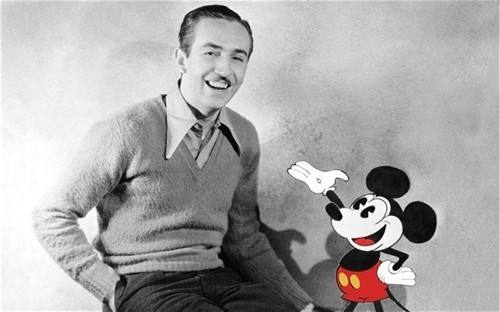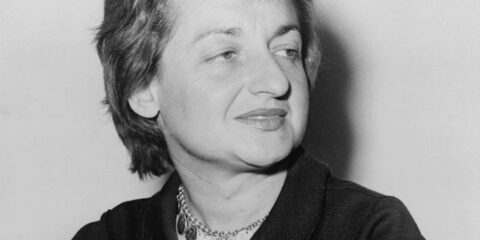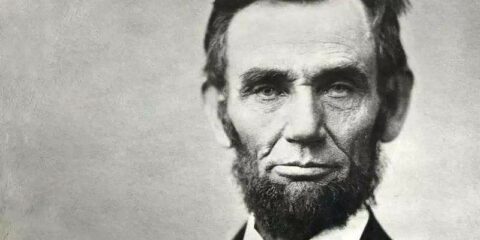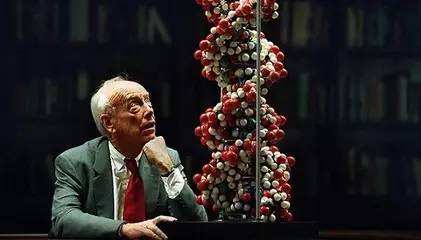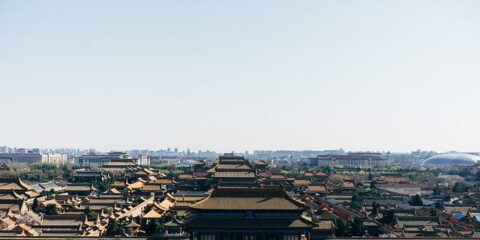| order | name | Historical time | Identity and influence |
| 26 | Walt Disney | 1901-1966 | His fairy tale kingdom “Disneyland” is incomparable |
| 27 | Eli Whitney | 1765-1825 | The mechanical engineer invented the gin and created a cotton spinning empire |
| 28 | Dwight D. Eisenhower | 1890-1969 | The 34th President of the United States (1953-1961), fought a Korean War and won two presidential elections |
| 29 | Earl Warren | 1891-1974 | The 14th chief justice of the United States (1953-1969) and the 30th governor of California (1943-1953), he is widely regarded as one of the most influential chief justices and leaders in American history. Under his administration, the U.S. Supreme Court defended the concept of civil rights in American society, set off an epoch-making constitutional revolution in American history, and left the political heritage of cultural conflict to the United States, Warren Court has made many landmark decisions, such as establishing the “one person, one vote” democratic electoral system in the United States, prohibiting apartheid, reforming the arrest procedure (Miranda warning), fighting McCarthyism, protecting freedom of speech and freedom of marriage |
| 30 | Elizabeth Cady Stanton | 1815-1902 | One of the greatest feminists in the United States has fought for women’s rights. |
| 31 | Henry Clay | 1777-1852 | Former Secretary of state (1825 ~ 1829) and Senator (1831 ~ 1842) advocated the establishment of “American system”, advocated mutual compromise between the north and the south of the United States, and delayed the outbreak of the civil war for decades. |
| 32 | Albert Einstein | 1879-1955 | The winner of the Nobel Prize in physics in 1921 completed the greatest scientific research of his life in Europe; In the United States, his theory of relativity and humanitarian feelings made him immortal. In 1939, with the assistance of Leo sirard and others, he wrote a letter to Franklin Roosevelt, the then president of the United States, which directly contributed to the launch of the Manhattan plan. After World War II, he actively advocated peace and opposed the use of nuclear weapons, and signed the Russell Einstein declaration |
| 33 | Ralph Waldo Emerson | 1803-1882 | A bard advocating individualism, he is the pioneer of American Transcendentalism movement. |
| 34 | onas Salk | 1914-1995 | The inactivated polio vaccine invented by him eradicated polio, one of the most terrible plagues in the world. |
| 35 | Jackie Robinson | 1919-1972 | The Black Baseball ace broke the “color barrier” in sports. |
| 36 | William Jennings Bryan | 1860-1925 | Doves who advocated “peace is precious” resigned because they opposed participating in World War I and advocated strict neutrality. The “greatest congressman” ran for president on behalf of the Democratic Party for three times and finally won the post of secretary of state (1913-1915). His populist ideas and counterbalance of power shaped the American populism. |
| 37 | John Pierpont Morgan | 1837-1913 | Financial oligarchs and railway transportation giants |
| 38 | Susan B. Anthony | 1820-1906 | She cried out to give American women equal rights with the justice of the law. |
| 39 | Rachel Carson | 1907-1964 | Author of silent spring, the first work of environmentalism. |
| 40 | John Dewey | 1859-1952 | A famous American philosopher, educator and psychologist who advocated that the educational principles of national schools should be based on the concept of democracy. He is one of the most famous scholars in the United States in the first half of the 20th century and one of the greatest educational reformers in the 20th century. |
| 41 | Harriet Beecher Stowe | 1811-1896 | Uncle Tom’s Cabin inspired a generation of “abolitionist movement” and brought the civil war to the stage of history. |
| 42 | Anna Eleanor Roosevelt | 1884-1962 | A state activist, he once served as the representative of the United States to the United Nations (1945; 1949-1952; 1961) and the chairman of the United Nations Commission on human rights (1946-1951). During his tenure, he urged the United Nations to adopt the Universal Declaration of human rights. With the influence of the “first lady” of the United States and the power of the mass media, she created a real image of the “first lady of the world”. |
| 43 | W. E. B. Du Bois | 1868-1963 | American radical black leaders, writers, historians and social activists participated in the founding of the National Association for the advancement of colored people (1909) and led the Pan African movement. They turned to the American Communist Party in 1961 and later joined Ghana as a pioneer of “black international”. His work “black flame” expresses his fighting spirit. |
| 44 | Lyndon B. Johnson | 1908-1973 | The 36th president of the United States (1963-1969), he wisely promulgated the bill of rights, but stubbornly fell into the quagmire of the Vietnam War. |
| 45 | Samuel Morse | 1791-1872 | Before Morse’s era, the fastest way for human beings to contact the Internet was by electronic code |
| 46 | William Lloyd Garrison | 1805-1879 | In 1831, he founded the liberator, participated in the establishment of the American anti slavery Association (1833) and served as the chairman (1843 ~ 1865), promoted the abolition movement and supported the abolition declaration. |
| 47 | Frederick Douglass | 1817-1895 | Born as a slave, he is the leader of the American abolitionist and human rights movement. He attacked the ethics and morality of the United States, counted the crimes of the slave system, declared his support for Lincoln’s wise leadership, and opposed the secession of the southern states from the Union and the division of the country. |
| 48 | Robert J. Oppenheimer | 1904-1967 | The chief scientist of the Manhattan Project, known as the “father of the atomic bomb” of mankind, is a professor at the University of California, Berkeley. Later, he served as the chairman and general adviser of the American Atomic Energy Commission (1947-1952) and the president of the Princeton Institute of advanced research. He deeply regretted that he had become a midwife in the era of thermonuclear weapons. He was ordered to be demobilized and returned to the field for opposing the US government’s trial production of hydrogen bombs. |
| 49 | Frederick Law Olmsted | 1822-1903 | Landscape architect and proponent of greening American cities, Central Park in New York is his masterpiece. |
| 50 | James K. Polk | 1795-1849 | The 11th president of the United States (1845-1849). His four-year term was enough for him to seize the vast land of California, Texas and the southwest from his weak neighbors in the south through war. |
Quoted from Atlantic Monthly, December 2006,For reference only.


